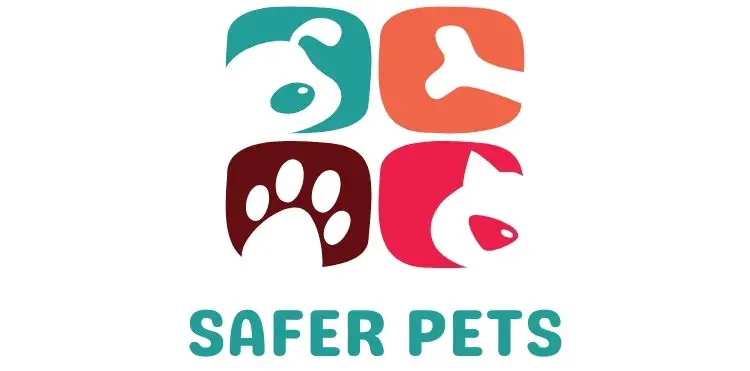Like many pet dogs, chocolate Labrador Milo was carrying much more weight than he should. In fact, on his last visit to the veterinary clinic, the vet had shaken his head disapprovingly and declared Milo “obese” – telling horrified owners, Ron and Linda, that they would have to take strong measures to help Milo lose weight or condemn their beloved pet to serious medical illness.
Misguided love…
“We’d got so used to seeing Milo as chubby that we never really thought about it,” admits Linda. “I mean, he just loves food and we always thought we were just spoiling him a bit by feeding him leftovers and treats and giving him more food in his bowl when he asked for it. I just hated the thought of him going hungry.”
But far from going hungry, Milo was simply eating far more than was good for him and carrying far too much weight than was healthy for a dog of his size. In fact, the vet explained to Ron and Linda that – despite being a young dog – if Milo did not lose the excess weight, he would be at great risk of arthritis, heart diseases, pancreatic disorders, circulatory problems, liver disease and many other medical conditions.
A new regime…
Ron and Linda returned home with their porky pooch determined to help him regain his healthy figure. In addition to following the vet’s advice on reducing his calorie intake through putting him on a special low-calorie diet and feeding him less treats, they also started implementing an exercise programme for Milo.
“We always thought Milo was just lazy,” says Ron. “I mean, I would take him on a walk a couple of times a week but it was usually just a short stroll around the block – he didn’t seem interested in doing much else.”
The vet had explained that Milo’s extra weight and lack of strenuous exercise meant that he was out of condition, with his muscle tone and general strength, stamina and fitness poor. So they would have to take things slowly and build up his exercise gradually.
“Canine Personal Training”
“I started taking Milo out for a walk every day,” says Ron. “And I started making the walks longer – like we would do 30 minutes instead of 20, and then gradually 40mins…until we were doing an hour. Milo seemed to struggle a bit at first – I always made sure I stopped and let him rest if he was panting really hard or something – but after a bit, he seemed to get better.”
In fact, Ron noticed that the more Milo exercised and his weight started to drop off, the more interest the Labrador started showing in exercise. He started incorporating other activities into their daily routine, such as playing fetch with a tennis ball. This was a great way to get Milo active and playing. Then Linda found another great activity for Milo: swimming.
“I was doing some research on obese dogs and I found that swimming is a great way for them to exercise because it doesn’t put any pressure on their joints and the water helps to bear their weight. Plus dogs have to work so much harder in water because of the greater resistance, so they don’t need to be swimming for as long to get the same benefit. And of course, Milo was a natural water dog!” Laughs Linda.
A new dog!
Within a few months, Ron and Linda noticed a huge change in their dog. Milo was now much more alert and interactive, showing much more interest in them and his environment. While he would always be interested in food – he was a Labrador after all! – his day no longer revolved around haunting his food bowl or the dining table, begging for scraps of food. Instead, he enjoyed his walks and play sessions and even made some new friends at the dog park, who helped to encourage him to run around and exercise even more.
